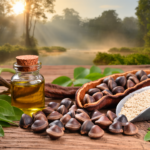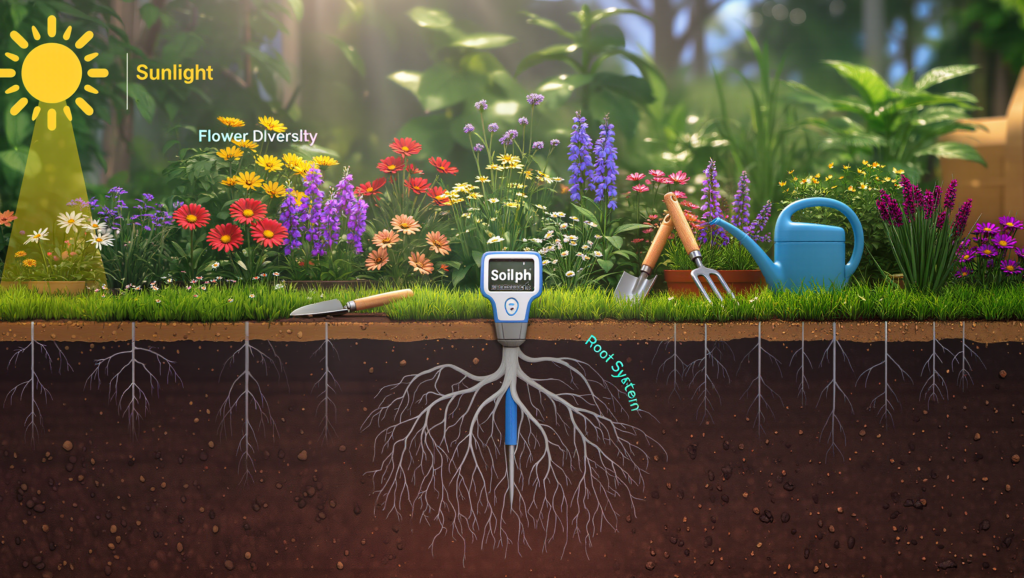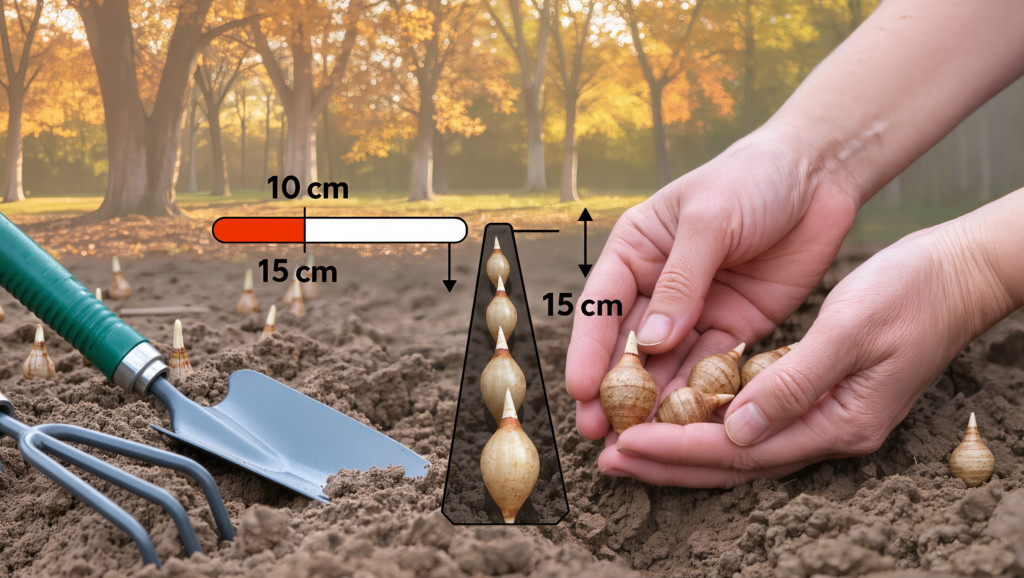Long before pharmacy aisles glistened with tubes of ointments, gel packs, and high-tech muscle rubs, generations depended on simple, powerful kitchen remedies. Mustard plasters—a therapy using the fiery spice of ground mustard wrapped in cloth—were a staple across homes and hospitals for centuries. While largely forgotten today, this ancient remedy is steeped in science, tradition, and even a whiff of controversy. Let’s travel back through history, explore how mustard plasters work, dig into the research on their pain-relieving abilities, and unpack safety tips every curious DIY wellness seeker should know.
What Is a Mustard Plaster? Roots, Ritual, and Rise
A mustard plaster is an external poultice prepared from dry mustard powder mixed with flour and water, sometimes with an egg white as a cooling agent, then spread between layers of cloth and placed against the skin. Its reputation? Drawing blood to the skin’s surface and flooding sore spots with warmth and circulation. For much of the 1800s and 1900s, it treated everything from chest colds, arthritis, back pain, and sore muscles to fevers and congestion.
Doctors, herbalists, and mothers alike swore by its effectiveness. Abraham Lincoln, in fact, received mustard plasters during his final hours, and generations of both physicians and lay healers prescribed them.
How Mustard Plasters Soothe Pain: Chemistry & Physiology
The Science Beneath the Sting
The magic lies in mustard’s active ingredient—sinigrin. When mixed with water, sinigrin converts to allyl isothiocyanate, the hot, pungent compound responsible for the tingle in mustard. This compound:
- Dilates blood vessels, boosting circulation to the skin and underlying tissues.
- Generates heat, warming the area and relaxing tight muscles.
- Stimulates nerve endings, creating a distracting “counterirritant” sensation that can reduce the perception of pain.
This effect is similar to capsaicin creams (from hot peppers) and old-fashioned poultices—providing quick relief from muscle aches, arthritis, and congestion.
Modern Research: Here’s What Studies Say
Recent trials have attempted to scientifically validate mustard plasters for pain relief, especially arthritis and joint aches. In a 2024 clinical study, Brassica juncea (black mustard) plasters applied for 15 minutes daily over a week showed a statistically significant drop in knee pain and inability among elderly osteoarthritis sufferers—with a mean pain improvement of nearly 40 points (on a 100-point scale), p<0.001.
Another study in elderly homes found that regular mustard plaster use led to substantial reductions in knee pain and improved ability to move and carry out daily tasks—suggesting promising application for chronic joint conditions.
Mustard contains selenium and magnesium with anti-inflammatory properties, alongside antimicrobial and antiviral agents. The warming sensation is more than a fleeting comfort: it’s tied to improved blood flow and the loosening of cramped, inflamed muscle and joint tissue.
Traditional Uses: Mustard Plaster’s Place in Folk Medicine
Mustard plasters have treated a spectrum of ailments:
- Chest congestion and bronchitis: The heat brings blood to the chest, warms the lungs, and helps break up mucus.
- Muscle and joint pain: Warmth and increased circulation ease spasms, soreness, and stiffness in arthritis, overwork, or cold exposure.
- Backaches, cramps, neuralgia: The local effect distracts from deeper pain and promotes healing in stubborn conditions.
- Fevers and chills: Applied to the soles of feet or chest, mustard plasters were a go-to to “draw out” a fever.
Victorian-era texts and Civil War records confirm their use for both acute and chronic pain. Even today, mustarcreme and similar products keep the tradition alive (with warnings about burns).
How to Make and Use a Mustard Plaster—A Step-by-Step Guide
Classic Ingredients
- 1/3 cup flour
- 1/3 cup mustard powder (dry, not prepared yellow mustard)
- Warm water
Preparation
- Mix flour and mustard in a bowl.
- Add water a teaspoon at a time, blending until it forms a thick, pancake-like paste.
- Spread the mixture on a cotton or linen cloth (old towel or muslin works).
- Fold the cloth to enclose the paste fully, then wrap with a second cloth for extra safety.
- Apply a thin layer of olive oil or lotion to skin for protection.
- Place the plaster over the affected area—chest, joint, or muscle.
- Caution: Leave on for no more than 15–20 minutes, checking every 2–3 minutes for signs of redness or irritation.
- Remove immediately if stinging, burning, or blistering occurs. Wash the area gently with warm water and soap.
Tips
- Always patch test for sensitivity.
- Never apply to broken, irritated, or sensitive skin.
- Suitable for kids over 6—but use care.
- For older adults, increased risk of blisters and burns may make this remedy inadvisable.
Risks and Side Effects: What to Watch For
Mustard plasters work through a stimulating irritation. If overused or left on too long, mustard’s fiery compounds can cause:
- Redness, swelling, and skin discoloration
- Blistering and second-degree burns
- Nerve damage in rare cases of extreme application
- Allergic reactions (especially in those sensitive to mustard seeds or related plants)
Reports appear in medical journals of burns and serious skin injury after excessive mustard poultice use. One 2012 case noted second-degree burns from application over 24 hours, prompting warnings to limit exposure and always use a protective cloth barrier.
Science or Placebo? What Does the Evidence Really Say
While mustard plasters are supported by real physiological mechanisms—vasodilation, counterirritant distraction, anti-inflammatory minerals—high-quality, randomized controlled trials are limited. Most evidence is clinical, observational, or based on small studies. Nevertheless, for stubborn pain or congestion, a properly prepared and monitored mustard plaster stands as a time-tested, science-informed option, especially when more modern creams and pills aren’t available or desired.
Mustard Plasters in Modern Medicine—and Their Competition
Today, most doctors prefer topical NSAIDs (diclofenac gel), capsaicin creams, menthol rubs, or oral painkillers for arthritis, muscle pain, and chest congestion. Still, mustard plasters remain popular in certain natural therapy circles. Holistic chiropractors, naturopaths, and herbalists sometimes include them in treatment, citing their unique combination of pain relief, circulation boost, and ability to “draw out” infection or inflammation. Ready-made versions (Mustarcreme, etc.) are sold for topical use against muscle aches, neuralgia, and similar conditions, with built-in warnings and precise instructions.
The Lost Art, Rediscovered: Should You Try Mustard Plasters for Pain?
If you’re seeking a natural, hands-on remedy—and understand the risks—mustard plasters may offer real relief for muscle and joint pain when applied carefully and for short periods. Start with a test patch, stick to trusted recipes, and always monitor your skin during use. For those passionate about rediscovering lost arts and understanding the science behind folk medicine, mustard plasters remain a fascinating, fiery bridge between old-world tradition and modern wellness.








